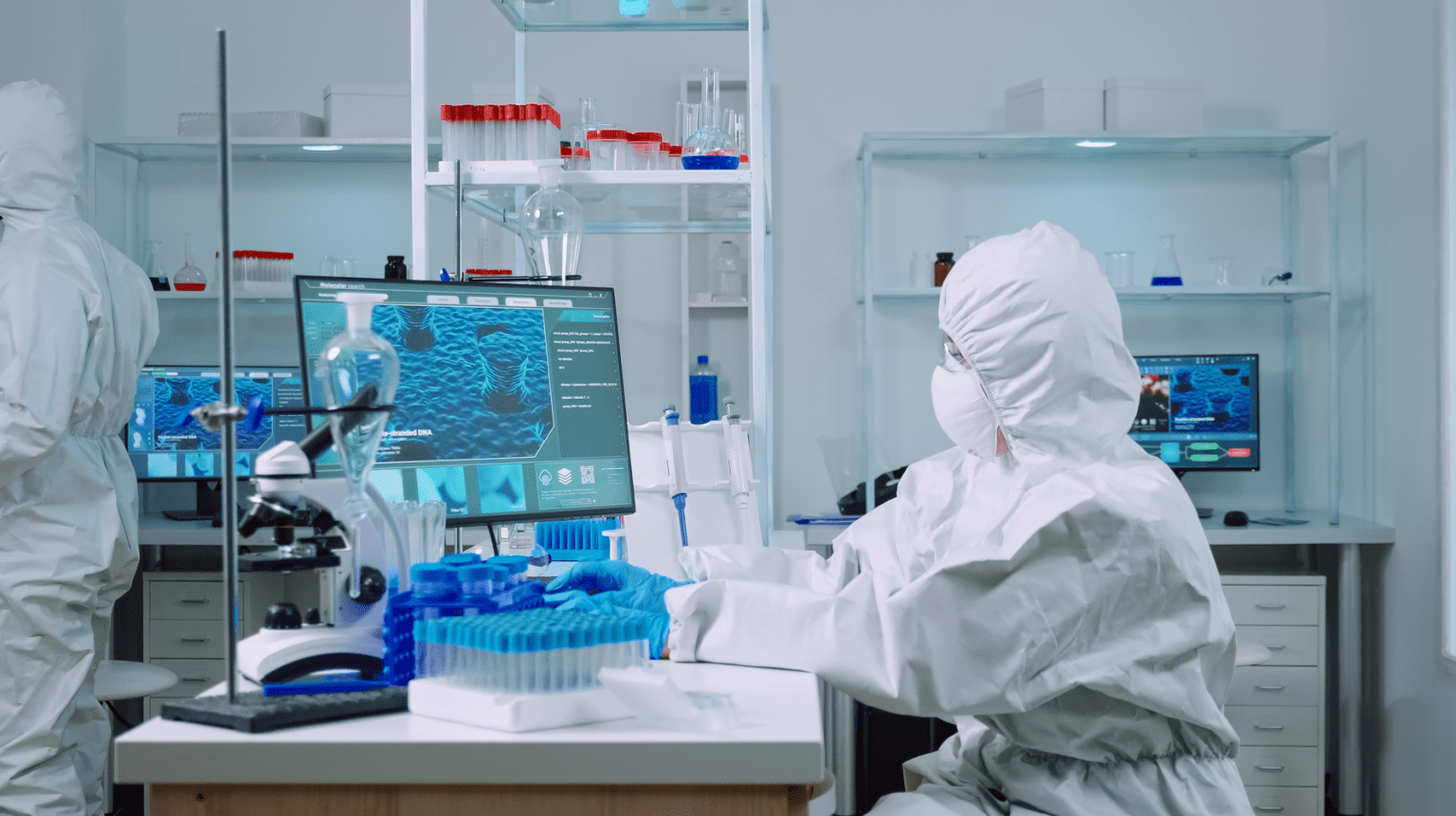The medical device industry operates under the highest standards of quality and precision. Every component, process, and environment must meet strict regulatory and safety requirements to ensure that end products are sterile, reliable, and safe for patient use. Among the most vital aspects of maintaining these standards is environmental monitoring (EM)—a systematic approach to measuring and controlling the cleanliness of production environments.
Below, we’ll explore why environmental monitoring is indispensable in medical device manufacturing and how it safeguards both product integrity and patient safety. Let’s dive in!
1. Ensuring Product Sterility and Quality
Sterility is non-negotiable in the production of medical devices, especially those that come into direct contact with patients, such as implants, surgical instruments, and catheters. Environmental monitoring helps manufacturers detect airborne and surface contaminants, like particulates, microorganisms, and humidity, that could compromise product sterility.
By continuously tracking environmental parameters, such as temperature, differential pressure, and microbial levels, manufacturers can identify trends or deviations that indicate contamination risks. Real-time alerts allow for immediate corrective actions before products are exposed or compromised. This proactive approach prevents costly recalls and ensures that every device leaving the production line meets stringent sterility and quality standards.
2. Complying With Regulatory Requirements
The medical device sector is heavily regulated by agencies such as the U.S. Food and Drug Administration (FDA), the European Medicines Agency (EMA), and ISO standards like ISO 14644 for cleanrooms. These regulations require manufacturers to demonstrate robust environmental control measures throughout the production lifecycle.
Environmental monitoring systems help facilities maintain full compliance by providing traceable records and documented evidence of environmental conditions. Automated data collection and secure reporting simplify audits and inspections, ensuring that manufacturers can readily demonstrate adherence to good manufacturing practices (GMP) and cleanroom classification standards. Non-compliance can result in penalties, production shutdowns, or loss of certification, making EM an essential part of a compliant manufacturing strategy.
3. Protecting Equipment and Processes
Contaminants don’t just threaten products; they can also harm sensitive equipment and disrupt critical processes. Airborne particulates or microbial growth can accumulate in filtration systems, laminar flow hoods, or isolators, affecting performance and precision. In processes such as coating, sterilization, or packaging, even slight environmental fluctuations can alter material properties or cause defects.
An effective environmental monitoring program minimizes these risks by maintaining consistent conditions in controlled areas. Sensors and monitoring systems continuously record variables like pressure differentials, temperature, and particulate counts, ensuring equipment operates under optimal parameters. This not only extends equipment lifespan but also reduces downtime caused by contamination-related maintenance or process failures.
4. Preventing Cross-Contamination Between Production Zones
Medical device manufacturing facilities often include multiple clean zones, each designed for specific production stages. Without proper monitoring, contaminants can migrate from one area to another, especially through HVAC systems or personnel movement.
Environmental monitoring provides early warnings of potential cross-contamination events by detecting pressure imbalances, unexpected particle counts, or microbial presence in restricted areas. Maintaining proper airflow direction, temperature gradients, and differential pressures ensures that cleaner zones remain protected. This level of environmental control helps preserve the integrity of sterile packaging, clean assembly, and filling operations—key stages in device production.
5. Enhancing Operational Efficiency and Risk Management
Beyond compliance and quality, environmental monitoring contributes to overall operational efficiency. Automated monitoring systems eliminate manual data entry, reduce human error, and allow for continuous, 24/7 observation of cleanroom conditions. By analyzing historical data trends, manufacturers can identify patterns, predict potential contamination risks, and implement preventive measures before issues escalate.
Moreover, having a robust EM system supports effective risk management and quality assurance programs. It empowers manufacturers to make informed decisions, optimize production schedules, and maintain uninterrupted workflows. In an industry where downtime and recalls are costly, environmental monitoring provides both financial and reputational protection.
In the fast-paced and highly regulated world of medical device manufacturing, maintaining control over production environments is essential to ensuring product quality, safety, and compliance. Reliable environmental monitoring solutions provide manufacturers with the tools they need to detect potential risks, prevent contamination, and maintain consistent cleanroom conditions. Beyond meeting regulatory requirements, these solutions support smarter decision-making, improve operational efficiency, and protect the integrity of every device produced. By investing in advanced environmental monitoring solutions, manufacturers can build a stronger foundation for quality assurance, ensuring that every medical device reaching patients is safe, sterile, and trustworthy.

